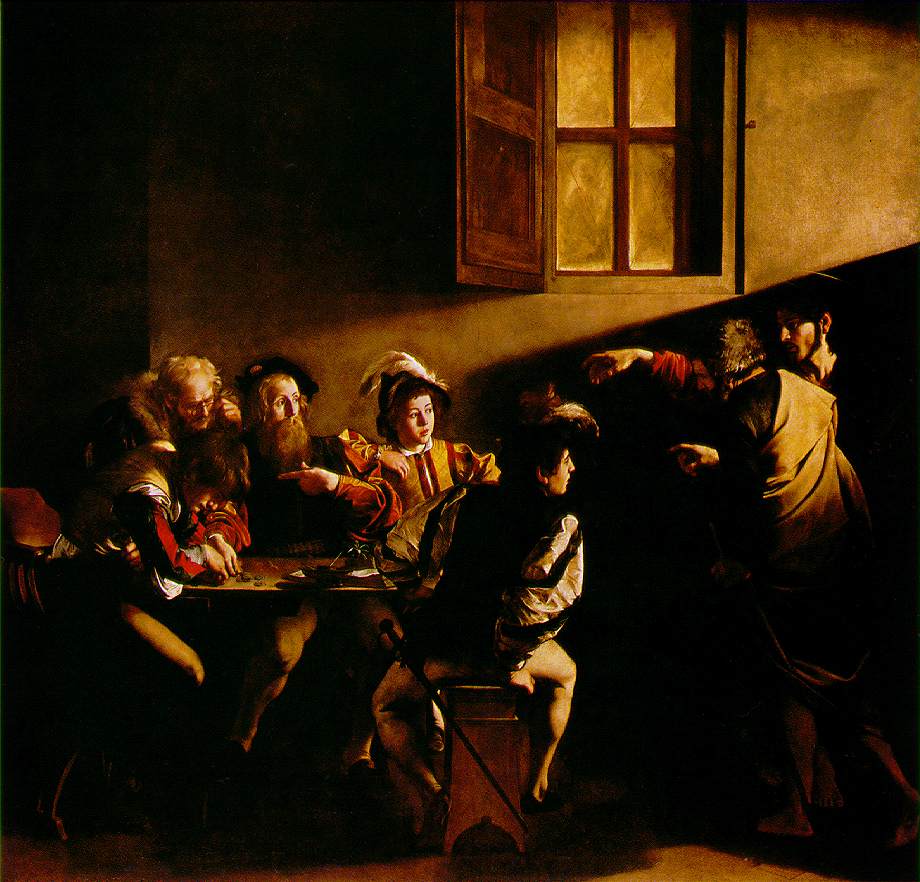Art + Catholicism
Posted by Andrew Haines in Philosophy, Theology on 7.27.2007

Being Catholic means being human; we covered that a little while ago. However, such a claim warrants more than a simple response. Thus, again we delve into this perplexing yet straightforward reality…
So after a break from writing (kudos to Andrew R. for having covered so well in my absence) and some major church-gazing here in Assisi, I decided to make the next installment of this thread have to do with art. Maybe it’s a quick, presumptuous leap from last week’s theological topic, but I think you are all intelligent people. You’ll quickly fill in the gaps. Plus, this should help to supplement my buddy’s last post about meditation.
The history of the Church is laden with countless examples of artistic development: for example, the rendition of the Eucharist in the catacombs discussed before, or the art (in all its various forms) that finds its home in our local parish churches. Whatever the case, the intent of truly “Catholic” art must always be to draw attention to the hidden mystery of the Holy Trinity – even if the focal point be the Blessed Mother, the saints or some other holy thing. (N.B. I have excluded amorphous blobs and superlatively incomprehensible clutter because it really possesses no artistic value in a profoundly Catholic sense, even though we often find these “works of art” in some of our churches.) Not only does the history of the Church entail the utilization of art, however, but it is also host to the actual foundation of many schools of classic art. The long and short of it is that, by embracing Our Lord, Her Divine Spouse, the Catholic Church has always embraced artistically beautiful representations of Him and His creation.
It’s not possible to love a God who took human form without truly loving human nature and its various facets of creativity. That’s why art is such a key player in the history of Christianity, and in our understanding of the deepest mysteries of theology. Like Andrew R. wrote, meditation is about our finding God in His created world. So true. To understand the mystery of Christ’s Incarnation, we have to seek Him in the mysterious Love of the Holy Spirit – in the hidden Truth of the Eucharist – but also in the gifts He’s given us to glorify His Name. Going back to the point of the last article on this matter, being Catholic means being human in many ways, one of the most noticeable being an appreciation for artistic works and songs, which draw our minds toward the Life of the Holy Trinity. Think about that next time you go into a church; even if there aren’t gorgeous works of art plastered all over the walls, try to find something that strikes you as notable and spend a few minutes meditating on it. Why does it strike you as beautiful? What does it tell you about Jesus Christ? How does it help you glorify the Trinity at that very moment?
This entry was posted on 7.27.2007 at 5:30 PM and is filed under Philosophy, Theology. You can follow any responses to this entry through the RSS 2.0. You can leave a response.



Post a Comment